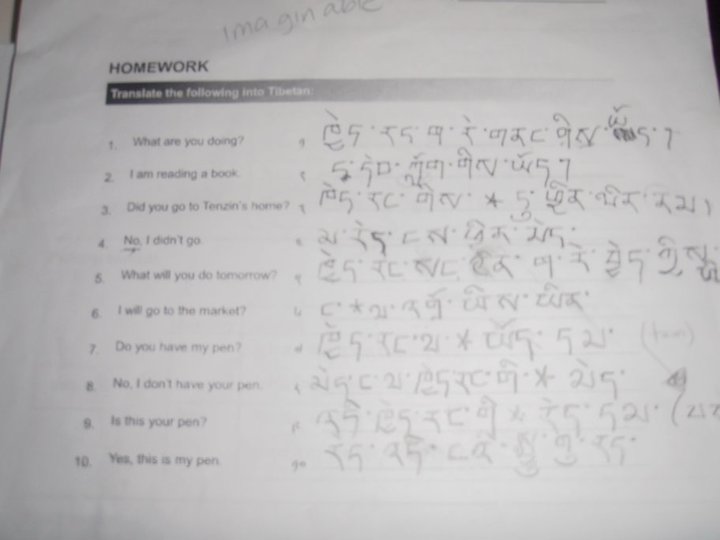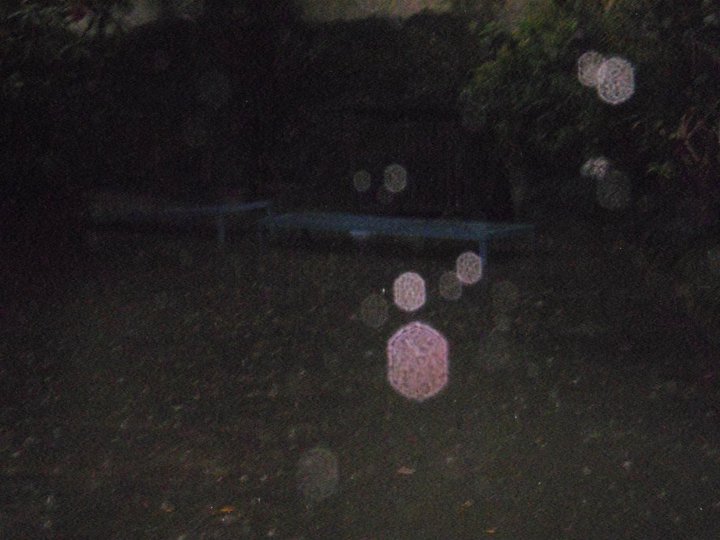Everything emotion is suffering. I sat on a low bed looking at the marigold door hanging, thinking of the book I’d just finished on Buddhist philosophy. My thoughts created a tangible enclosure around me, spinning fast with the rhythm of the prayer wheel whirling in the hand of ancient old man sitting next to me. Lit only by candle light, he kept tempo and murmured prayers while I sat and watched my thoughts. One after another, they leapt out of the smeared spinning walls of memories and distractions, one after another into focus, into consciousness. A thought is born- happiness, fear, devotion, desire- all the same yet coming from seemingly different directions. I struggled to keep afloat, to keep the whole structure from caving in. One emotion invites a thought, that thought coercing three more and they six more each. The only way to keep them from taking over was to recognize each at its conception. Are they going to rob me? Fear was the easiest, not more than a second went by before snag! I see you and it disappears. Before I got too far in congratulating myself, losing myself in pride snap! a bead from the prayer wheel hit the side an woke me out of my state. Ah, it must be the wheel, that’s what I need, I thought, mapping the trail out for next time. Shut up, I thought, stop thinking. Ugh stop criticizing! That’s criticizing too! Ughh... These thoughts came from down below, low in the plane of my mind. Next came happiness, elation really. I’m sitting in the one roomed house of an old Sherpa lady and what must surely be a wholly enlightened man, meditating in the middle of nowhere Nepal
I spent last week in Maratika, Eastern Nepal, exploring caves visited by Padmasambava, the bearer of Buddhism to Tibet Nepal Tara teachings and I crawled through narrow passages to absolve myself from the eighteen hells realms, repay my mother for childbirth, and prove my white karma. It wasn’t mystical, it wasn’t magic, just a long history of good intentions and devotion played out over the years. The Dalai Lama once explained that one place can be made more sacred than the next purely by the energy of the those who once dwelt there; an apartment formerly owned by a cello player is more auspicious than that previously owned by a drug addict. So while the validity of the actual location of the Maratika caves as mentioned by sacred text is currently debatable, to me, the experience is worth the trip. Fresh air and two days of hiking to get in and out of the place may have been all I needed, but the spirit of the people there, the energy of the place was enough to give me an experience that has made my whole trip to Nepal worth it in just one evening, just meditating with an old Sherpa woman and an old man on a throne. In fact when I came back, the little puzzle box that had been closed shut, locking in all my sacred objects and meditation materials, had miraculously been opened in my absence. While my intellect tells me one of my host sister must have gotten into it and left it open for me, part of me can’t ignore the synchronicity of its closing and revelation. So the question remains how to carry on the auspicious feelings generated in that village far away. I hope that like the cello player I leave a bit of good energy everywhere I go, with everyone I meet. What more could I hope for in life, anyway, than the collect and generate bright energy and distribute it to those around me?
A bell at the top of a mountain where padmasambava left his foot printThe tiny plane that took us to lambidanda before walking to Maratika
Terraced hillsides
Sunset at the guest house













